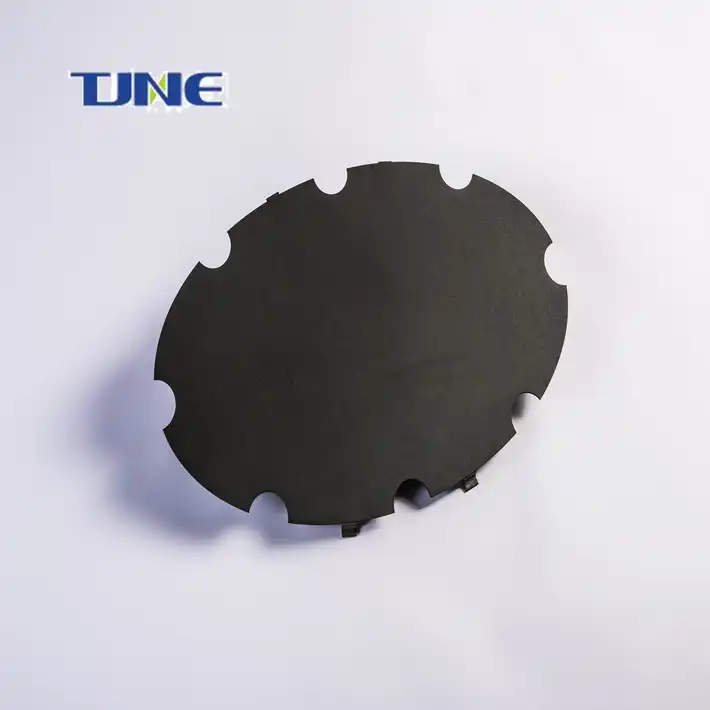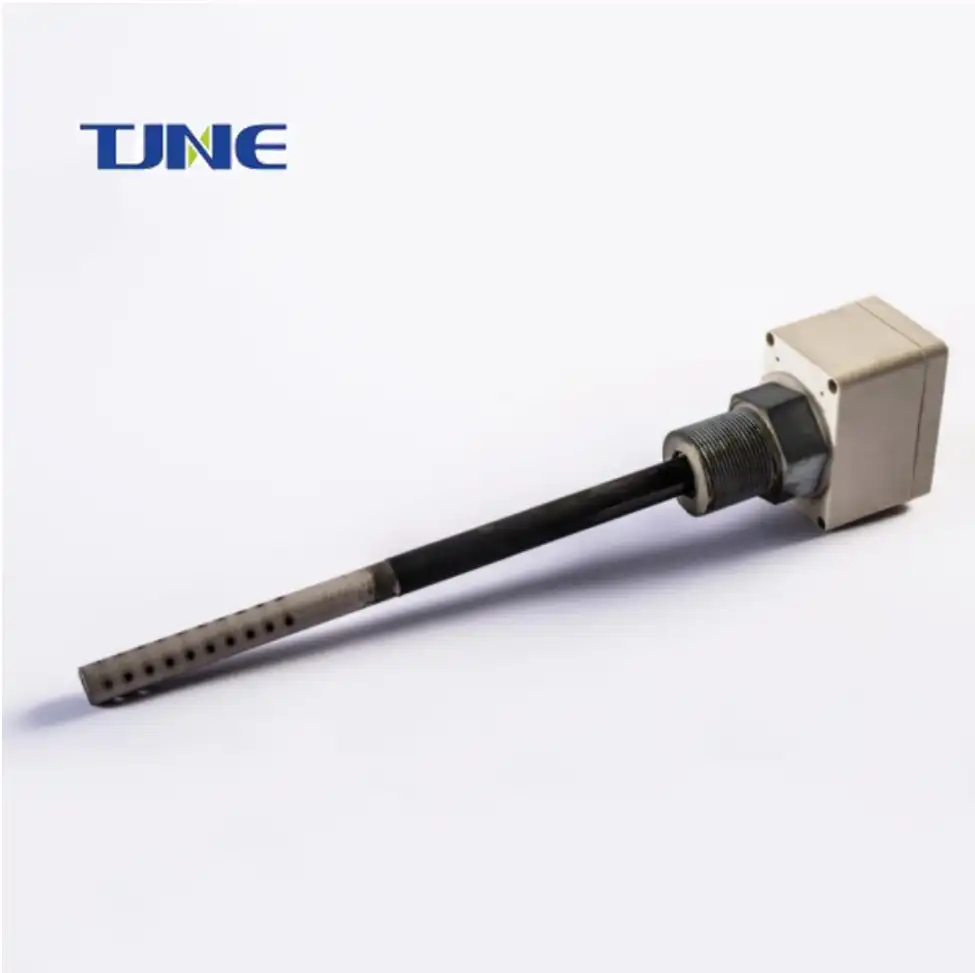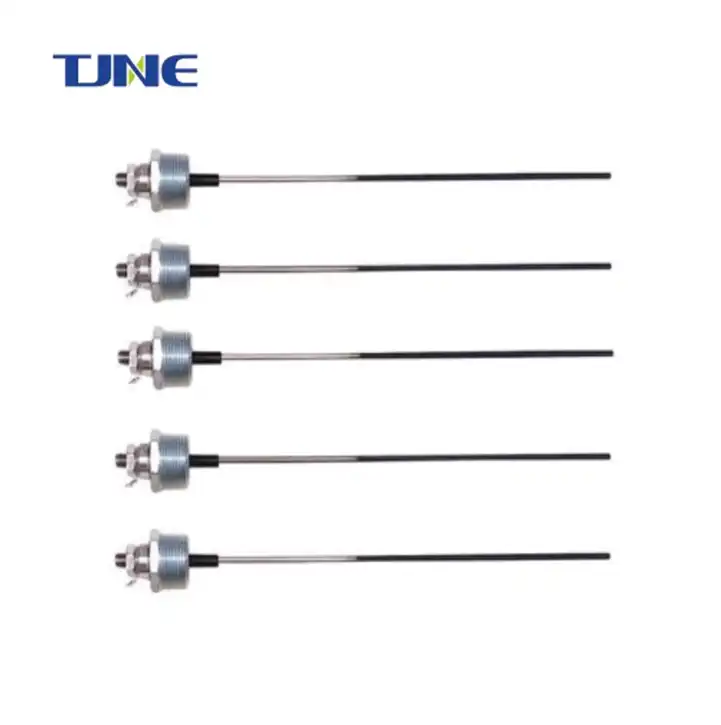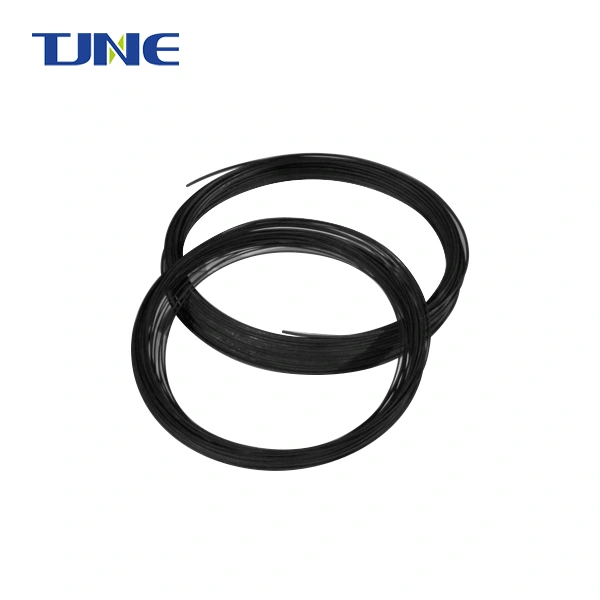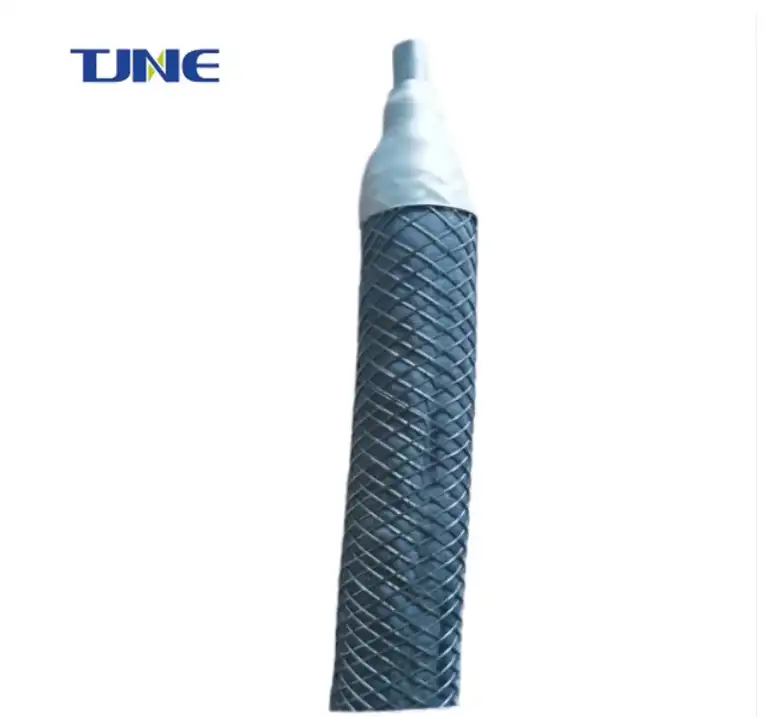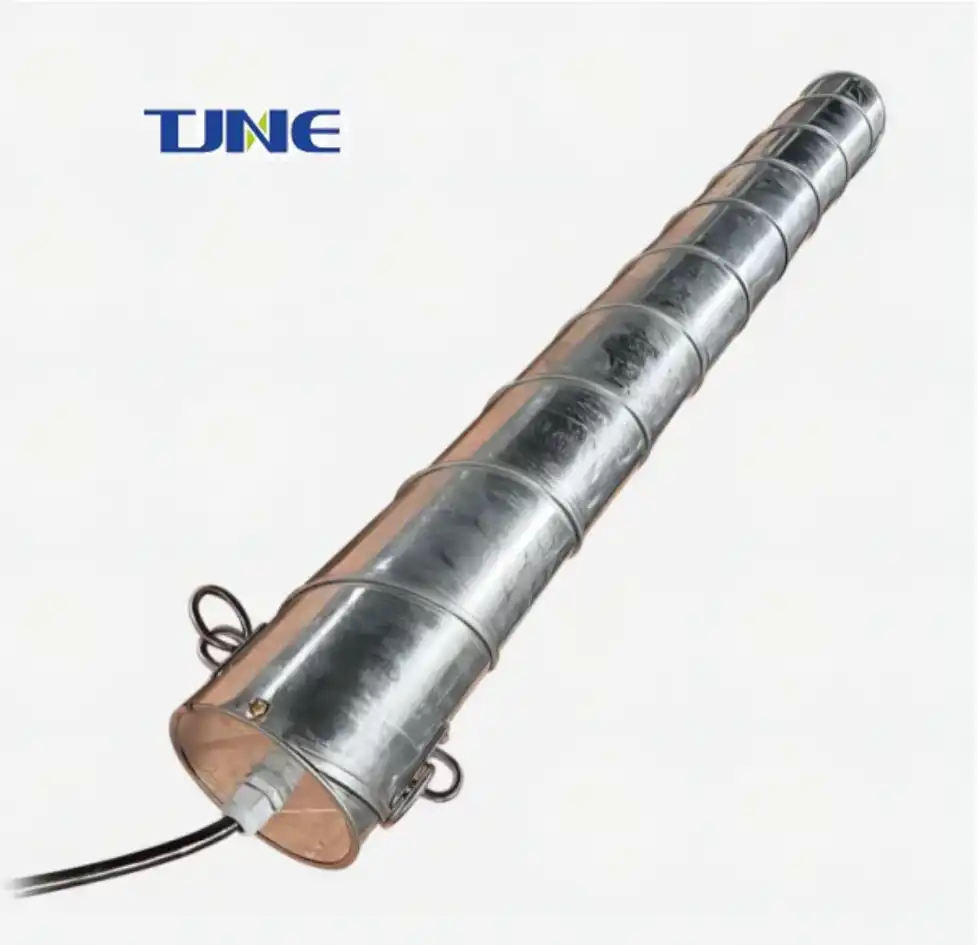- English
- French
- German
- Portuguese
- Spanish
- Russian
- Japanese
- Korean
- Arabic
- Greek
- German
- Turkish
- Italian
- Danish
- Romanian
- Indonesian
- Czech
- Afrikaans
- Swedish
- Polish
- Basque
- Catalan
- Esperanto
- Hindi
- Lao
- Albanian
- Amharic
- Armenian
- Azerbaijani
- Belarusian
- Bengali
- Bosnian
- Bulgarian
- Cebuano
- Chichewa
- Corsican
- Croatian
- Dutch
- Estonian
- Filipino
- Finnish
- Frisian
- Galician
- Georgian
- Gujarati
- Haitian
- Hausa
- Hawaiian
- Hebrew
- Hmong
- Hungarian
- Icelandic
- Igbo
- Javanese
- Kannada
- Kazakh
- Khmer
- Kurdish
- Kyrgyz
- Latin
- Latvian
- Lithuanian
- Luxembou..
- Macedonian
- Malagasy
- Malay
- Malayalam
- Maltese
- Maori
- Marathi
- Mongolian
- Burmese
- Nepali
- Norwegian
- Pashto
- Persian
- Punjabi
- Serbian
- Sesotho
- Sinhala
- Slovak
- Slovenian
- Somali
- Samoan
- Scots Gaelic
- Shona
- Sindhi
- Sundanese
- Swahili
- Tajik
- Tamil
- Telugu
- Thai
- Ukrainian
- Urdu
- Uzbek
- Vietnamese
- Welsh
- Xhosa
- Yiddish
- Yoruba
- Zulu
Mixed Metal Oxide (MMO) Wire Anodes are advanced electrochemical components that play a crucial role in various industries and applications. These anodes are characterized by their exceptional durability, high electrical conductivity, and resistance to corrosion, making them ideal for use in challenging environments. MMO Wire Anodes are typically composed of a titanium core coated with a mixture of precious metal oxides, such as iridium, ruthenium, or tantalum. This unique composition allows them to efficiently transfer electrical current while maintaining their structural integrity over extended periods.
What are the primary uses of MMO Wire Anodes in cathodic protection systems?
MMO Wire Anodes are extensively employed in cathodic protection systems, which are designed to prevent or mitigate corrosion in metal structures exposed to harsh environments. These anodes play a vital role in safeguarding critical infrastructure across various industries, including:
1. Oil and Gas Industry: In offshore oil platforms, pipelines, and storage tanks, MMO Wire Anodes are used to protect metal surfaces from corrosion caused by seawater and other corrosive elements. They are often installed in deep-sea environments where traditional anodes may not perform effectively due to high pressure and extreme conditions.
2. Marine Applications: Ships, harbors, and offshore wind farms benefit from the use of MMO Wire Anodes in their cathodic protection systems. These anodes help prevent corrosion on ship hulls, underwater structures, and steel pilings, extending the lifespan of marine infrastructure and reducing maintenance costs.
3. Underground Structures: Buried pipelines, storage tanks, and other subterranean metal structures are protected using MMO Wire Anodes. These anodes are particularly effective in soil environments with varying resistivity and moisture content, providing consistent protection against corrosion caused by soil chemicals and stray electrical currents.

4. Water Treatment Facilities: In water and wastewater treatment plants, MMO Wire Anodes are used to protect concrete reinforcement, storage tanks, and other metal components from corrosion. Their resistance to chlorine and other chemicals commonly found in water treatment processes makes them ideal for these applications.
5. Bridge Protection: MMO Wire Anodes are increasingly being used in the protection of bridge structures, particularly in areas where deicing salts are used or in coastal regions. These anodes help prevent corrosion of reinforcing steel in concrete, significantly extending the lifespan of bridges and reducing maintenance costs.
The versatility of MMO Wire Anodes in cathodic protection systems stems from their ability to distribute current evenly over large areas, their long operational life, and their capacity to operate effectively in both high and low resistivity environments. These characteristics make them an ideal choice for engineers and asset managers looking to implement robust, long-lasting corrosion protection solutions across a wide range of industries and applications.
What are the features and advantages of MMO Wire Anodes?
MMO Wire Anodes play a significant role in cathodic protection, leveraging their unique properties to enhance the efficiency and effectiveness of cathodic protection. Their features and advantages in this field include:
1. Exceptional Corrosion Resistance: The MMO Wire Anode exhibits an unparalleled ability to shield against corrosion. Its distinctive design and superior materials render it highly resistant to the detrimental impacts of rust and degradation.
2. Optimized Current Efficiency: This system is meticulously engineered to deliver an elevated level of current efficiency, ensuring that it adeptly and resourcefully combats the corrosion of metal structures, such as pipelines and water heaters.
3. Robust and Enduring: The MMO Wire Anode is constructed for long-lasting performance. Its sturdy build and utilization of top-quality materials guarantee its sustained effectiveness over an extended duration, offering prolonged safeguarding against corrosion more than 20 years.
4. Even Current Dispersal: Among the foremost advantages of this cathodic protection system is its capability to uniformly disperse protective current across the structure's surface, thwarting localized corrosion and ensuring comprehensive coverage of the protected metal structure.
5. Tailored Coating Thickness and Surface Area: This system provides adaptability concerning coating thickness and surface area. It can be customized to suit the specific requirements of diverse applications, ensuring a precise and efficient solution.
6. Economical Resolution: The MMO Wire Anode not only excels in effectiveness but also proves cost-efficient. Its capacity to extend the lifespan of structures and reduce the necessity for frequent maintenance renders it an economically sound choice.
7. Minimal Long-Term Maintenance Expenditure: By substantially diminishing the maintenance demands of safeguarded structures, this cathodic protection system aids in minimizing long-term maintenance costs, ultimately conserving both time and resources.
What are the advantages of using MMO Wire Anodes in electrochemical industries?
MMO Wire Anodes have become indispensable components in various electrochemical industries due to their unique properties and numerous advantages. These anodes offer significant benefits that contribute to improved process efficiency, reduced environmental impact, and enhanced economic viability across a wide range of applications. Let's explore the key advantages of using MMO Wire Anodes in electrochemical industries:
1. Superior Durability and Longevity:
One of the most significant advantages of MMO Wire Anodes is their exceptional durability. The titanium substrate, combined with the mixed metal oxide coating, creates a highly stable and corrosion-resistant electrode. This durability translates to extended operational lifespans, often lasting several years or even decades in many applications. The long service life of MMO Wire Anodes results in reduced maintenance requirements and lower replacement costs, making them a cost-effective choice for long-term operations in electrochemical industries.
2. High Catalytic Activity:
MMO Wire Anodes exhibit excellent catalytic properties, particularly for oxygen evolution reactions. The mixed metal oxide coating, typically containing precious metals like iridium, ruthenium, or tantalum, provides a large active surface area for electrochemical reactions. This high catalytic activity leads to improved process efficiency, lower energy consumption, and faster reaction rates in various electrochemical applications, such as cathodic protection.
3. Low Overpotential:
The advanced composition of MMO Wire Anodes results in a low overpotential for many electrochemical reactions. This characteristic is particularly beneficial in energy-intensive processes, as it allows for the same reaction rates to be achieved at lower applied voltages. The reduced energy requirements translate to significant cost savings and improved overall process economics in large-scale industrial applications.
4. Dimensional Stability:
Unlike traditional anodes that may experience significant wear or dimensional changes during operation, MMO Wire Anodes maintain their shape and size over extended periods. This dimensional stability ensures consistent performance and uniform current distribution throughout the anode's lifespan. In applications such as electroplating or electrolysis, where precise control of electrode geometry is crucial, the stability of MMO Wire Anodes contributes to improved product quality and process reliability.
5. Versatility in Design and Application:
MMO Wire Anodes can be manufactured in various configurations. This versatility in design allows for easy integration into different electrochemical cell configurations and reactor designs. The flexibility in specifications makes MMO Wire Anodes suitable for a wide range of applications, from small-scale laboratory experiments to large industrial processes.
6. Resistance to Fouling:
The surface properties of MMO Wire Anodes make them less susceptible to fouling compared to many traditional anode materials. This resistance to fouling is particularly advantageous in applications involving organic-rich or contaminated electrolytes, such as cathodic protection. The reduced fouling tendency helps maintain consistent performance and minimizes the need for frequent cleaning or maintenance.
The advantages of MMO Wire Anodes in electrochemical industries extend beyond mere technical improvements. They contribute to enhanced operational efficiency, reduced environmental impact, and improved economic performance across various sectors. As industries continue to seek more sustainable and efficient solutions, the role of MMO Wire Anodes in electrochemical processes is likely to grow, driven by ongoing research and development efforts to further improve their performance and expand their applications.
If you are interested in the products of Xi'an Taijin New Energy Technology Co., Ltd., please contact yangbo@tjanode.com.
References
1. Gu, Y., et al. (2020). "Mixed metal oxide anodes for electrochemical water treatment: Current status and challenges." Chemical Engineering Journal, 381, 122592.
2. Kraft, A. (2007). "Doped diamond: A compact review on a new, versatile electrode material." International Journal of Electrochemical Science, 2(5), 355-385.
3. Martínez-Huitle, C. A., & Ferro, S. (2006). "Electrochemical oxidation of organic pollutants for the wastewater treatment: direct and indirect processes." Chemical Society Reviews, 35(12), 1324-1340.
4. Panizza, M., & Cerisola, G. (2009). "Direct and mediated anodic oxidation of organic pollutants." Chemical Reviews, 109(12), 6541-6569.
5. Rajeshwar, K., & Ibanez, J. G. (1997). "Environmental electrochemistry: Fundamentals and applications in pollution abatement." Academic Press.
6. Särkkä, H., et al. (2015). "Electrochemical treatment of mining wastewaters: A review." Journal of South African Institute of Mining and Metallurgy, 115(10), 931-942.
7. Trasatti, S. (2000). "Electrocatalysis: understanding the success of DSA®." Electrochimica Acta, 45(15-16), 2377-2385.
8. Walsh, F. C., & Ponce de León, C. (2018). "Progress in electrochemical flow reactors for laboratory and pilot scale processing." Electrochimica Acta, 280, 121-148.
9. Wang, Y., et al. (2019). "Electrochemical technologies for wastewater treatment and resource reclamation." Environmental Science: Water Research & Technology, 5(12), 2090-2127.
10. Zhang, C., et al. (2014). "Electrochemical technologies for wastewater treatment and resource reclamation." Environmental Science: Water Research & Technology, 1(1), 55-79.
Related Industry Knowledge
- What is the Consumption Rate of MMO Anode Plates?
- What is the Max Current Density of MMO Titanium Mesh Anode?
- What is the Breakdown Voltage of a MMO Titanium Probe Anode?
- What are the Different Types of MMO Wire Anode?
- How do I Choose a MMO Tubular Titanium Anode?
- Why MMO Titanium Probe Anodes Are Essential for Advanced Corrosion Protection?
- Why Are MMO Wire Anodes a Game-Changer in Corrosion Protection?
- Which Industries Utilize MMO Anode Plates for Corrosion Protection and Cathodic Protection?
- What Is an MMO Anode Plate and How Does It Function in Electrochemical Processes?
- What are the Applications of MMO Titanium Mesh Anodes?






